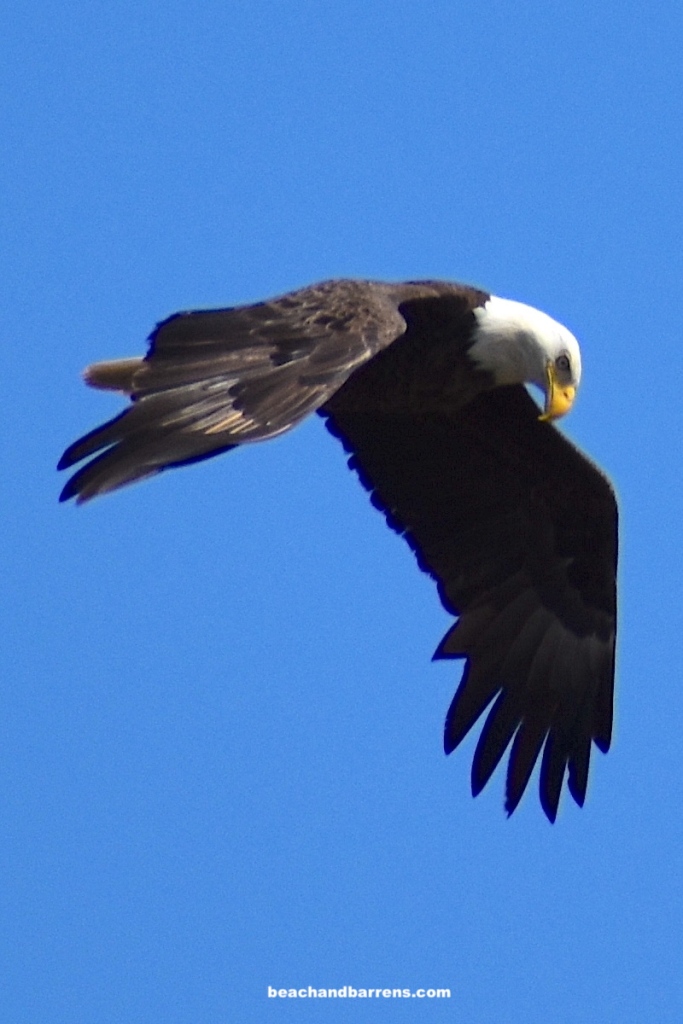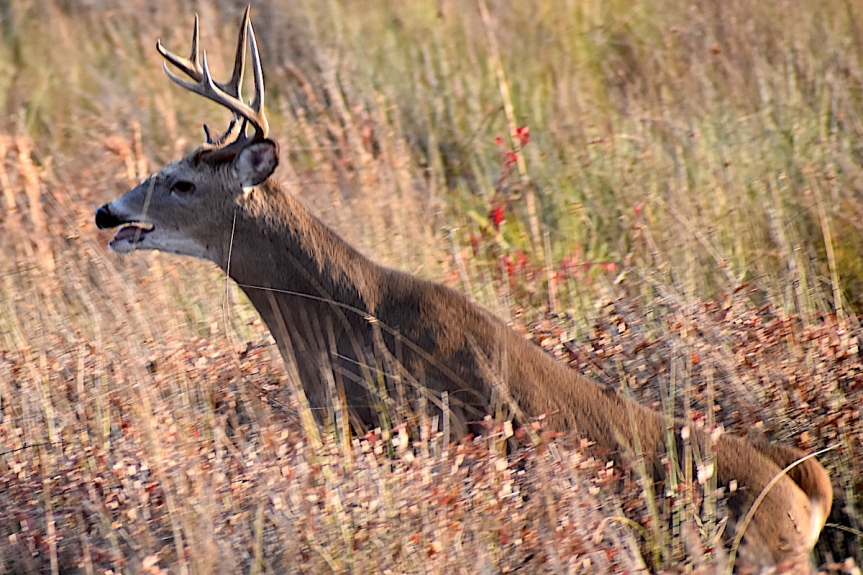Today marks the third anniversary of the day I bought my house in the Pine Barrens in a development called “Whispering Pines.” I recently reread John McPhee’s The Pine Barrens and laughed at the irony when I came across this quote.
“Meanwhile, up goes a sign—“Whispering Pines, Two and Three Bedrooms, $ 11,900” —and down go seventy-five acres of trees.”
McPhee, John. The Pine Barrens (p. 156). Farrar, Straus and Giroux. Kindle Edition.
McPhee expressed his concern about encroaching development on the Pine Barrens in 1968. 10 years later Congress passed the first legislation protecting the Pinelands. When I bought the house, I wasn’t looking for one located among the Pines. My number one criteria was close proximity to the farm where I boarded my horse in Shamong. After I settled into my house, I learned that my new township of Waterford was located entirely within the Pinelands boundaries. My house was built in 1997 in the regional growth area of Waterford, the most developed part of the western half of the township. Except for the incongruous presence of Atco Dragway, however, the eastern half of Waterford remains rural, home to horse farms and dominated by Wharton State Forest.
When I moved here, my goal was to devote more time to horseback riding. In spite of setbacks posed by the pandemic and a broken ankle, I achieved an important milestone this year when my horse and I won the championship of our division as well as a year-end high point reserve championship. Next year, we move out of the starter division and into open competition. More importantly, I continue to develop my network of friends in the equestrian community. I am also finding opportunities to do more freelance writing again.
I am contributing an article about horse racing in the Pine Barrens to a book being published for Linda Stanton’s “Lines on the Pines” at Stockton University in 2023. Originally, I intended to write about Atlantic City Racecourse in Mays Landing, the famous defunct race track founded by Jack Kelly, father of Princess Grace. As I researched, though, I discovered much more, such as the colorful history of Rancocas Stud, now known as Helis Stock Farm, located in the Jobstown section of Springfield in Burlington County. Founded by Pierre Lorillard IV, heir to the Lorillard Tobacco Company fortune, it passed to Lily Livingston, a member of the Canadian Racing Hall of Fame and then to Harry Sinclair, an oil baron who became embroiled in the Teapot Dome scandal. The farm produced top racehorses Iroquois, Grey Lag and Zev before another oil baron William Helis purchased and renamed it.
Another Thoroughbred owner, Anthony Imbesi of Briardale Farm, raced champion mare Tosmah. Tosmah was buried at the Estell Manor farm about a half hour from Atlantic City Racecourse where she once raced.
I also learned about the “Golden Triangle” of New Jersey racing: Atlantic City, Monmouth Park, and Garden State Park. In addition to my “Lines on the Pines” article, next year, I’m writing an expanded article covering horse racing throughout South Jersey for SoJourn, Stockton’s biannual journal covering South Jersey history, culture, and geography. One topic will include more information about Garden State Park. I plan to share some highlights from my research on this blog next year.
Sally Starr
In honor of my third anniversary living among the whispering pines, here’s a short profile of a famous Waterford resident and horsewoman, local television personality Sally Starr. Sally hosted a popular Philadelphia children’s television program through the 1950s and 1960s called Popeye Theater. The program ended in 1971.
Sally lived in Waterford in her later life where she sold the rights to a local restaurant to use her name. Located a short distance down the road from Atco Dragway, “Sally Starr’s Pizza” still operates. An employee told me she did not own the restaurant but ate there regularly. She did, however, at one point, own a former dude ranch in Voorhees, which she attempted to turn into a restaurant/dance hall called “The Ponderosa.”
Sally passed away in 2013 at age 90. According to her obituary, she once owned a farm in New Jersey, and three horses (Silver Kane, Rustic Rhythm, and Pal) that “she rode with a silver saddle worth $5,900.” She planned to start a string of shelters for abused children. One was already in the works in Burlington County – Sally Starr’s Bar-None Ranch.” Her social consciousness also encompassed longtime support of LGBT rights.
Her biography on the Broadcast Pioneers website offers more detail about her love of horses: she bought Pal the palomino as a 3-year-old in Trenton for $1,000 and owned him until his death at age 25. Silver Kane, a palomino stallion she purchased for $3500, was sired by one of the horses who played the Lone Ranger’s Silver.
In 1972, Sally published an autobiography entitled Me, Thee, & TV. In 1995, she was inducted into the Broadcast Pioneers of Philadelphia Hall of Fame.

















